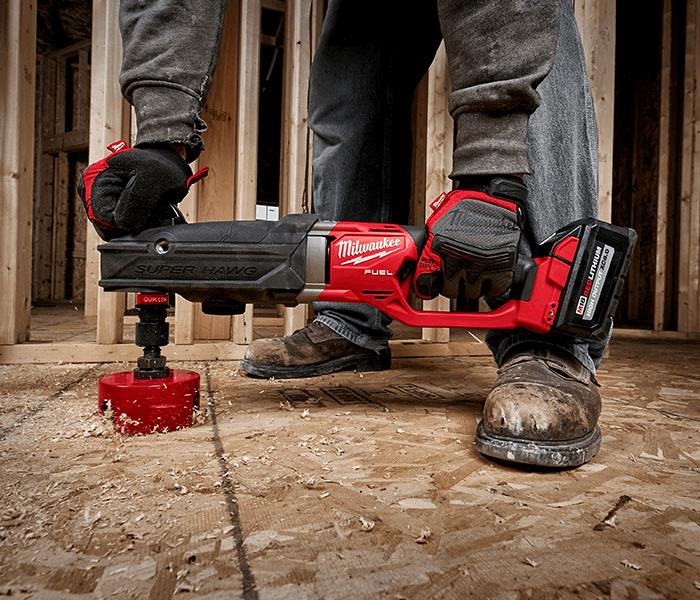Machine tools are the backbone of the manufacturing industry, playing a pivotal role in shaping raw materials into finished products. They are complex systems, composed of numerous components, each with a specific function. This article aims to delve into the main components of a machine tool, shedding light on their roles and importance in the overall functioning of the machine.
Main Components of a Machine Tool
- Base
The base is the foundation of a machine tool, providing stability and support. It is typically made of high-grade cast iron or fabricated steel, designed to absorb vibrations during operation, ensuring precision and accuracy.
- Column
The column, also known as the pillar, is a vertical component that supports the other parts of the machine tool. It houses the driving mechanism for the spindle and feed, providing rigidity and strength to the machine.
- Spindle
The spindle is the heart of the machine tool. It holds and rotates the cutting tool, enabling it to cut or shape the workpiece. The spindle's speed and power determine the machine's cutting capabilities.
- Tool Post
The tool post holds the cutting tool in place. It allows for the adjustment of the tool's position, enabling precise control over the cutting process.
- Bed
The bed is a large, flat surface that supports the workpiece. It is designed to ensure stability and precision during operation, with guide rails to facilitate the movement of the carriage or table.
- Carriage
The carriage moves along the bed, carrying the tool post and cutting tool. It allows for precise control over the tool's movement, enabling accurate shaping or cutting of the workpiece.
- Tailstock
The tailstock is a movable component that supports the end of the workpiece, particularly in turning operations. It can be adjusted to accommodate different lengths of workpieces.
- Lead Screw
The lead screw is a critical component that controls the motion of the carriage. It converts rotational movement into linear motion, enabling precise control over the cutting tool's position.
- Feed Mechanism
The feed mechanism controls the speed and direction of the tool's movement. It plays a crucial role in determining the quality of the finished product.
Conclusion
Understanding the main components of a machine tool is essential for anyone involved in the manufacturing industry. These components work together to transform raw materials into finished products, playing a crucial role in industries ranging from automotive to aerospace. As technology continues to evolve, so too will the design and functionality of these components, paving the way for more efficient and precise manufacturing processes.

More Stories
Durable Steel Plate Sand Silo Solutions for Storage
Thermal Conductive Double-Sided Tape: A Key Material Innovation for Thermal Management in High-Density Electronic Devices
Сушилка для зерна промышленная: современный подход к эффективной обработке урожая